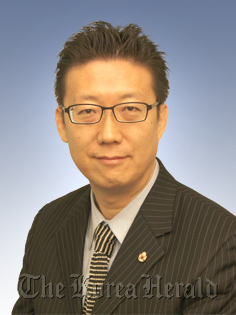Economic growth in Korea continued to wane through 2011. But although the region’s manufacturing activity and private spending and investment weakened, the Asia-Pacific office market ended 2011 with a solid upturn in leasing activity.
Rent growth was sustained in most markets and strengthening demand fueled flat to declining vacancies.
“Office Space Across the World,” one of Cushman & Wakefield’s longest-running annual global publications, examines total occupancy costs for prime space in 68 countries. Markets are ranked in each country, and the most expensive markets in each country are further ranked against those around the world.
Globally, 2011 saw office demand improving, availability falling and rents rising by 3 percent ― a 1 percent increase on 2010. The rise in rents is a reflection of the declining availability of premium space in a growing number of countries. 2011 was the second straight year of positive rental growth, following a year of declining rents in all regions in 2009.
However, the recovery is threatened by the declines in business confidence in recent months. It also remains restricted to premium space, and is most visible in major gateway cities. What is more, as the year began strongly, economic uncertainty on a global level resulted in increased caution with a fall in activity in the second half and a slow recovery through 2012 and 2013.
Overall, rents across the Asia-Pacific region increased by an average of 8 percent, with Beijing recording the highest jump in rents globally (75 percent). Hong Kong maintained its position as the most expensive office location in the world for the second year running, with Tokyo in third. However, Rents maintained their downtrend in supply-heavy markets such as Seoul, Hanoi, Ho Chi Minh and Mumbai.
In 2012, Seoul’s central business district ranked 33rd, the influx of new supply has actually caused rents to drift lower in central Seoul over the past year. Seoul’s office rental market has historically been steady. Seoul’s office market has also no history of heavy development or overbuilding. However, abundant new supply in the central area made Seoul’s Grade A office market a tenant’s market in 2011.
Tenants kept control of the office rental market in 2011 as the central business district experienced a record high vacancy rate and landlords felt pressure to reduce rents. Such results explain the dramatic fall in Seoul’s ranking among most expensive locations to 33rd from 14th two years ago.
Meanwhile, Gangnam and Yeouido continued to post rent increases due to a dearth in high-quality space. Compared to the central area, vacancies in the Gangnam Business District are expected to be stable due to the lack of available prime space and continuing demand.
Approximately 1.18 million square meters of new top-grade offices will be added to the market until 2014. Most of these new office spaces are located in the central business district and Yeouido, which should drive vacancies up in these areas. The Yeouido Business District is expected to maintain stability until the 2IFC and 3 IFC buildings are completed in the third quarter.
Rents in the Seoul’s grade A office market will edge up because of newly-completed buildings. However, with new supply entering the CBD market, effective rents are expected to continue to decrease. Overall, we expect tenant-favorable conditions to prevail in Seoul’s office rental market until some of the excess supply is absorbed. Meanwhile, the lack of new construction and healthy demand will sustain low vacancies in Gangnam and in turn, fuel moderate rent increases.
 |
Tony Yoon |
By Tony Yoon, Head of Corporate Occupier & Investor Services, Cushman & Wakefield Korea
The writer has been in Korea’s real estate business for over 18 years. Before joining Cushman & Wakefield, he worked for ProLogis Korea, Colliers Jardine and Samsung’s real estate division. ― Ed.








